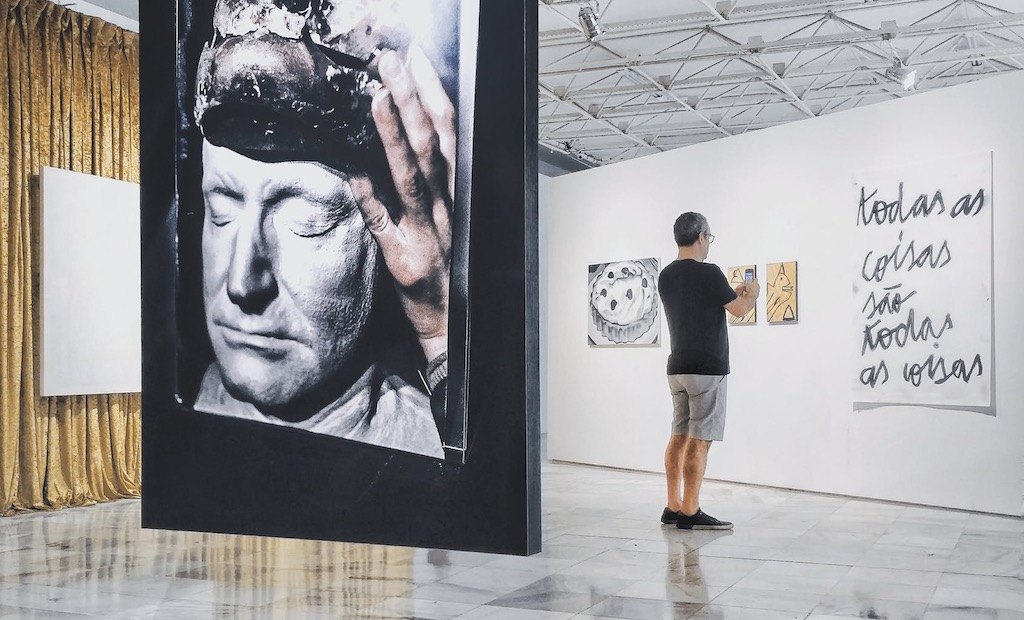
Art market in flux: How speculation, gender parity and iconic artists are shaping a new era
The art market is in a state of recalibration, according to the latest Wet Paint report by ArtTactic in partnership with Artscapy. Spanning data from 2015 to 2024, the report dives deep into emerging trends and reveals significant changes in the industry, from speculative buying to a historic shift in gender representation.
Speculation mirrors market trends
The report highlights how speculative buying has become a mirror of the overall art market’s fluctuations. During the post-pandemic boom, speculative buying peaked at $215.2 million in 2021, driven by demand for works sold within three years of their creation – commonly referred to as “wet paint.” However, as the market cooled in 2022, speculation followed suit, with sales dropping to $29.7 million by early 2024. The volatility particularly affected young contemporary artists, whose sales trends have become a barometer for the market’s highs and lows.
A shift toward gender parity
For decades, the art market has been criticised for its lack of representation. However, the Wet Paint report signals a significant move toward gender parity. Female artists now account for 41.3% of sales value in speculative markets, marking a positive turn toward inclusivity. This change is most pronounced among younger artists, where women are gaining greater visibility and demand, especially at auction.
The enduring power of iconic artists
While the market’s appetite for emerging talent remains speculative, the report confirms the enduring appeal of established artists such as Cecily Brown. These iconic names retain a loyal collector base, with their works consistently performing well regardless of market conditions. This loyalty underscores the lasting value of “brand-name” artists in an otherwise unpredictable market.
A market in transition
Commenting on the findings, Alessandro De Stasio, Founder of Artscapy, emphasised the evolving art market. “This report highlights a shift toward a healthier, more equitable market—one increasingly free from traditional biases.” Anders Petterson, CEO of ArtTactic, added, “As speculation wanes, collectors and investors have a chance to reconnect with the market’s intrinsic value.”
As the art world approaches 2025, these trends offer a glimpse into a market redefined by equity, recalibration and enduring appeal. Whether this reset signifies a long-term transformation remains to be seen, but one thing is clear: the art market is more dynamic than ever.
The editorial unit







